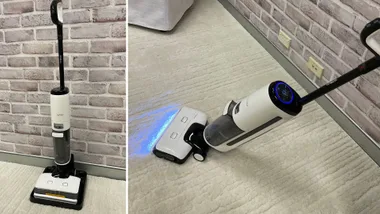Snake bites: they’re on every Australian’s worst nightmare list, and unfortunately with warmer weather comes the increased risk of bumping into a dreaded slippery serpent.
If you, or someone you know, is bitten by a snake, please do not panic. If you believe the snake is venomous, call 000 immediately. If you experience nausea, vomiting, diarrhoea, a headache or faintness, call 000 immediately.
Take note of the snake’s appearance. This will help medical staff determine weather or not the snake is venomous.
Move away from the snake. (We didn’t have to tell you twice, right?) Move slowly though – your heart will start pumping faster if you move too quickly, causing any venom to spread faster.
Restrict movement in the bitten area, and try to keep the area below the level of your heart to slow down the spread of any venom.
Remove any tight clothing or jewellery, and clean the wound. Using a clean cloth soaked in water, clean the wound gently but do not flush it with water or try to suck the venom out. When the wound is clean, cover it with a clean cloth.
If you do not believe the snake is venomous, it is still important to properly clean and treat the wound.
Apply firm pressure to the wound with sterile gauze.
Wash the wound with clean water and soap for several minutes. Pat dry with sterile gauze or an alcohol-soaked pad.
Apply a thin layer of antibiotic ointment to the clean wound, and then apply a bandage.
Seek medical attention. Even if you don’t think the snake was venomous, it’s important to see a doctor to ensure the wound is cleaned and cared for and will not become susceptible to infection.











